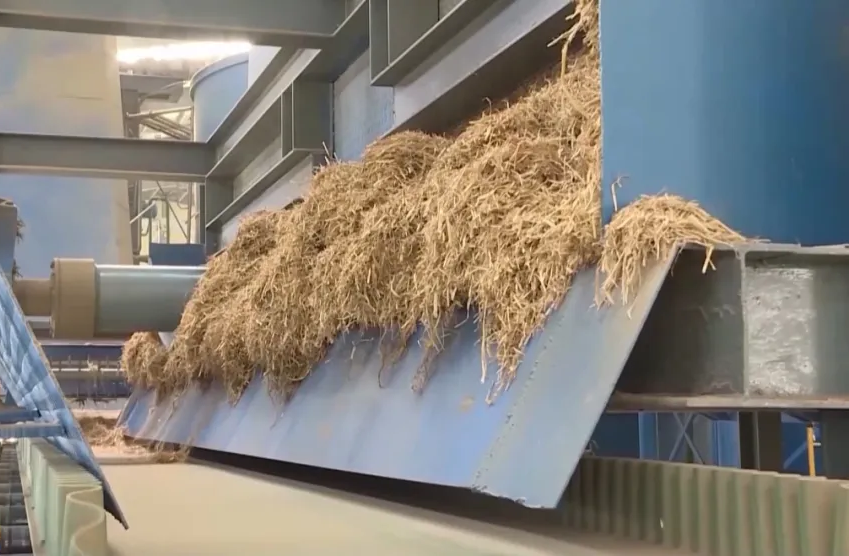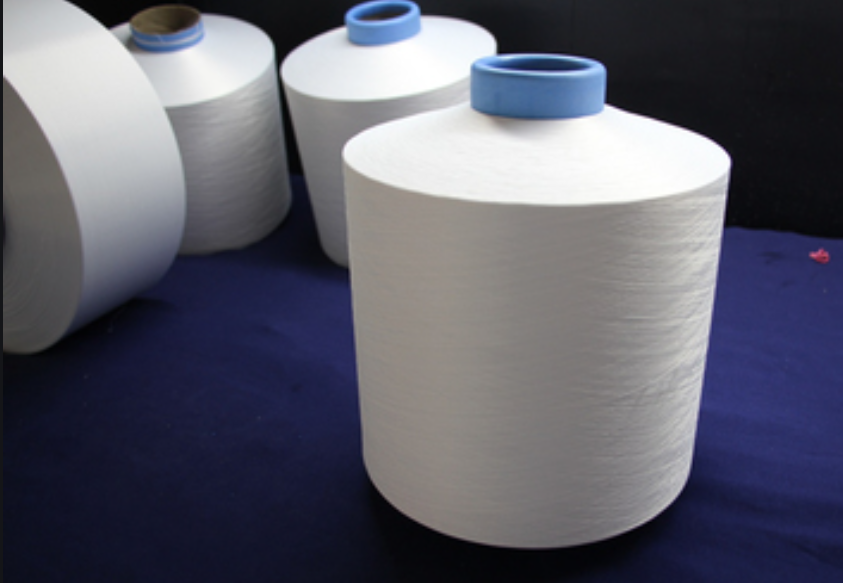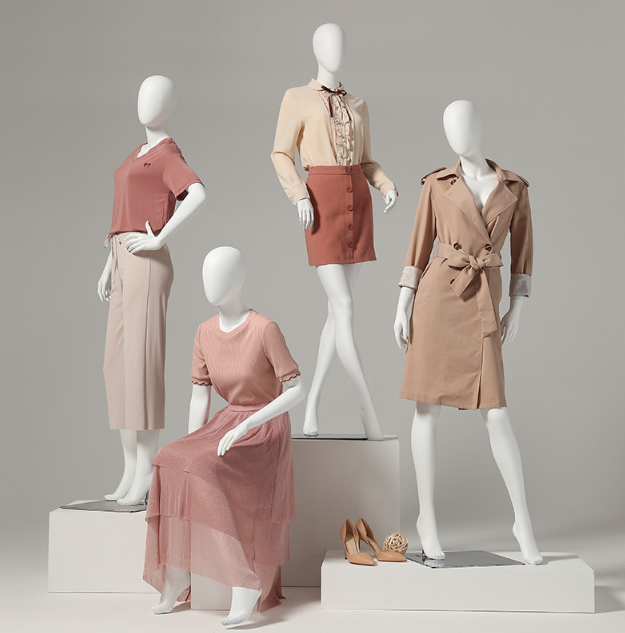Poly(lactic acid) special functional textile clothing is made from corn or corn stalks as raw materials, through modern biological fermentation technology. It can produce a series of fiber and plastic substitute products. These products have functions such as being environmentally friendly, non-toxic, and degradable. Corn or corn stalks are sent into the feeding port by a conveyor belt. After being refined, fermented, and polymerized, they will turn into poly(lactic acid) materials, and then be drawn to form poly(lactic acid) fibers, which become the fabric for clothing.
 The corn or corn stalks are carried on a conveyor belt to the feed port
The corn or corn stalks are carried on a conveyor belt to the feed port
polylactic acid fiber
 doubling thread
doubling thread material
material ready-to-wear
ready-to-wear
Specialized fabrics are developed and produced using polylactic acid special fibers. Customized school uniforms, sanitation workers' uniforms, work uniforms, and other specialized functional uniforms for primary and secondary school students, sanitation workers, and enterprise employees in the northern part of China are produced. Winter warm clothing such as down and cashmere clothing is also manufactured. Currently, polylactic acid products have been widely applied in fiber products, plastic products, automotive interiors, agriculture, and construction fields.
①Polylactic acid fiber is moisture-wicking and quick-drying. It is an excellent raw material for thermal comfort sports fabrics, enabling items to be dry immediately after being washed and worn immediately after being dried.
② Poly(lactic acid) fibers have excellent anti-static properties and are widely used in important fields such as aircraft and petrochemical industries.
③ Polylactic acid fibers are not easy to be colored.
④ Poly(lactic acid) fibers possess excellent high-density properties, strong water resistance, and good wrinkle resistance and shape retention capabilities.
⑤ The antibacterial rate of polylactic acid is over 90%, and it is widely used in underwear, infant clothing, and hygiene materials, etc.
⑥The insulation effect of polylactic acid fibers is approximately 20% higher than that of ordinary cotton products.


